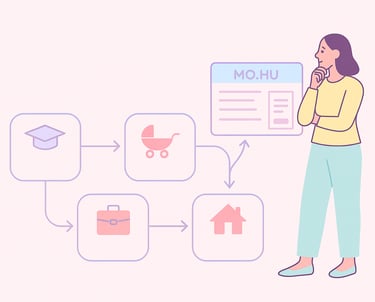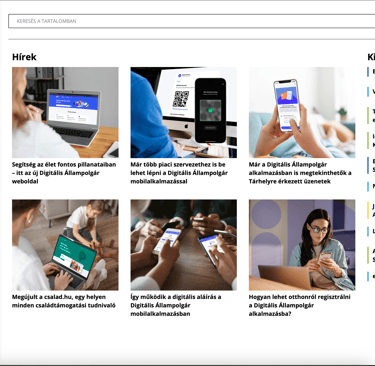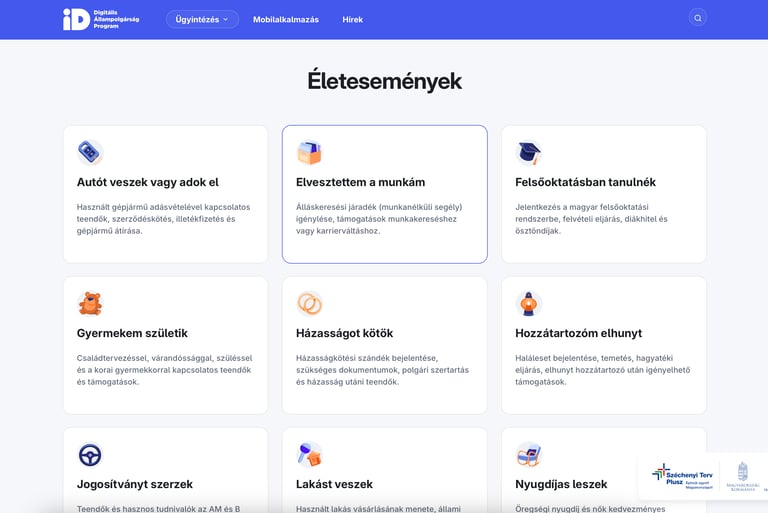Digital Citizen Study


The goal was to redesign a government website around citizens’ real needs. Through 120 interviews, I revealed pain points in structure, language, and trust, informing a more intuitive, transparent, and efficient digital experience.
Goals & Objectives
The goal was to create an accessible, citizen-centered website to simplify government administration, management, and information collection through life event–based navigation. Focused on uncovering pain points in administrative processes and identifying opportunities for simplification. Explored mental models around life events and expectations for digital interactions with government.
Overview
Role: UX Researcher
Contributions: planned study, conducted interviews, synthesized findings, and delivered recommendations.
Method: 120 semi-structured interviews with citizens across diverse demographics
Key Findings
Scattered services confused citizens. Organized information by life events instead of government structures.
Bureaucratic language was a barrier. Introduced plain-language content guidelines.
Users wanted step-by-step support. Designed guided flows with progress indicators.
Low trust in digital services. Ensured transparent processes and clear communication to build confidence.
Outcomes
Improved citizens’ ability to quickly find and act on critical government services.
Reduced administrative complexity and time spent on tasks.
Set a precedent for citizen-centered digital services within government.




Before
After